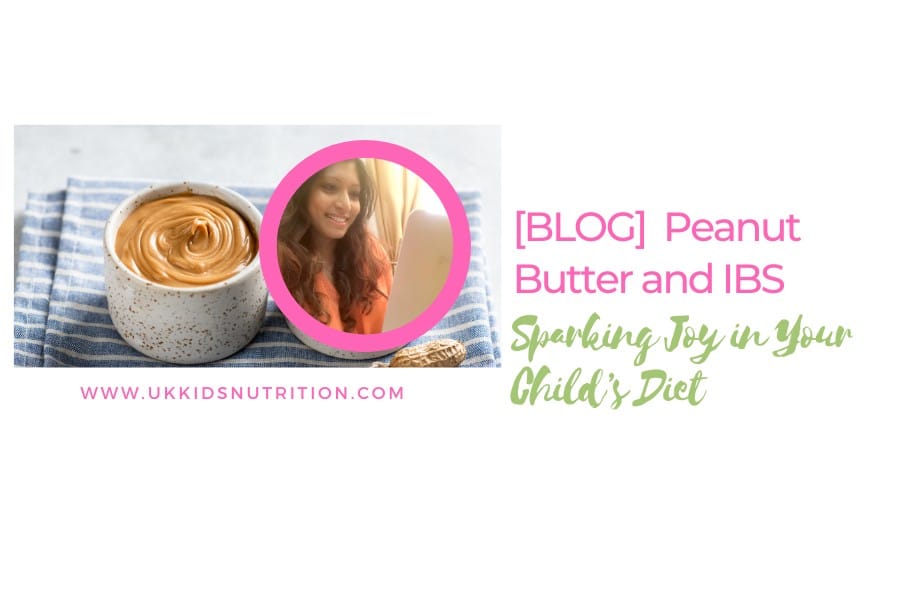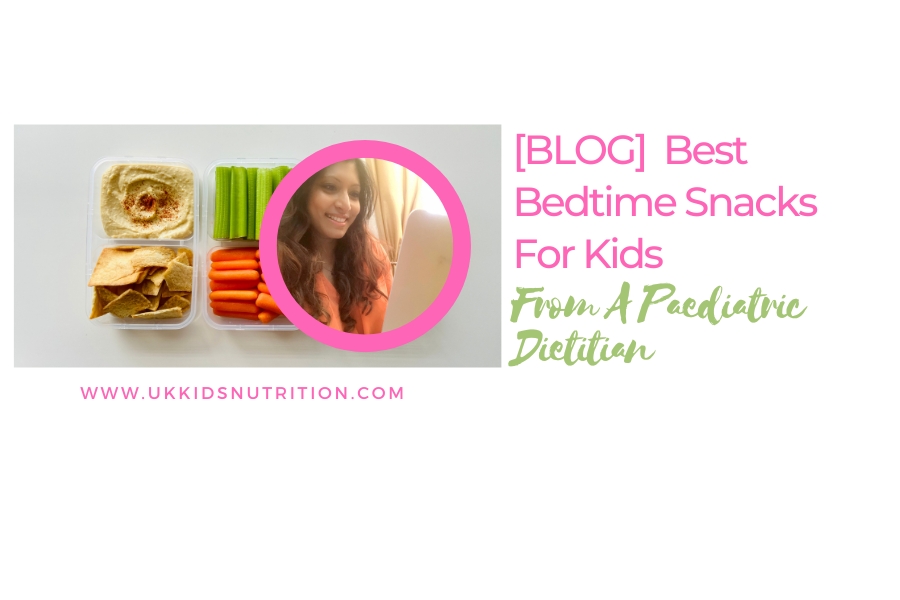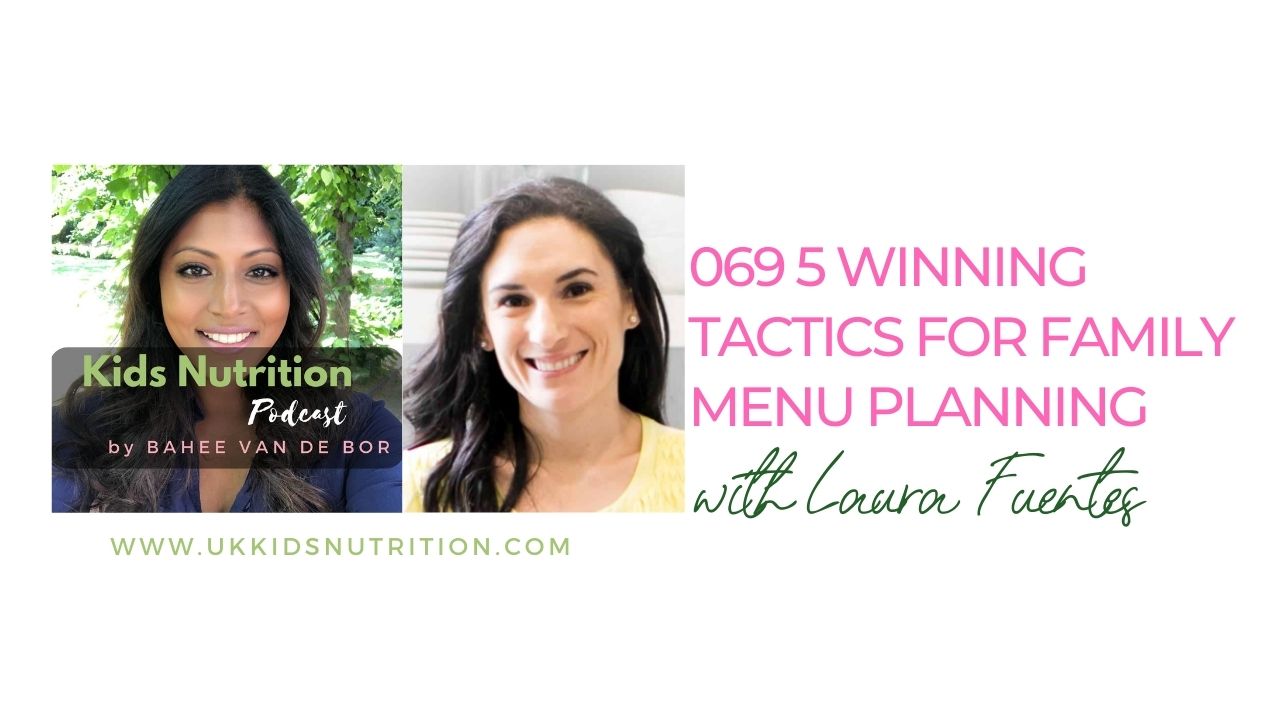Salt. Fancy rock sea salt. Basic table salt. Unbelievably there is no difference between the two. Both still contain sodium the mineral in salt that’s linked with health problems. Minimal cost for a flavour enhancer yes, but are you willing to pay the price? Generous intakes of salt have been linked with high blood pressure, hypertension and stroke. These are risk factors for heart disease. Salt reduction in childhood may reduce the likelihood of children developing high blood pressures as an adult. Studies repeatedly show that if parents ate too much salt, so did their children.
Almost 75% of the salt we eat comes from the food we buy.
Every time we buy processed meat and pre-packaged foods we are disadvantaged from hidden salt.
Several studies have also linked high salt intake with cancers of the stomach as well as increased risk of osteoporosis in women, a bone-thinning disease. Babies and children naturally love salty foods but food can still taste phenomenal with these easy tasty tips below. Because children are smaller, they require less salt than you. This means putting the salt shaker away from the table and ramping up the herbs and spices.
1 Make your own bread
Let’s start taking action. You cannot change the amount of salt that manufacturers add to bread and breakfast cereals without continually pleading with the government to take serious action with food companies. Have you ever thought about making your own bread? You can reduce the amount of added salt by over half and the smell of freshly baked bread is absolutely tantalising in the morning.
2 Change your breakfast cereal
Cornflakes may be a favourite amongst children but it has sneaky amounts of added salt. Like me, if you are a true lover of oats then this is a fantastic alternative. Naturally low in salt and high in dietary fibre. Mix it up by adding berries, other fruit and seeds.
3 Swop for Herbs & Spices
Try to lose the habit of routinely adding salt to your cooking. Take advantage of the wonderful range of fresh herbs such as thyme, basil, lemongrass, sage, coriander. Mild spices such as cumin and cinnamon add a wonderful dimension to your cooking.
4 Zest out with lemon juice
Another favourite. Simple. Zesty. Delicious. Perfect drizzled over fish.
5 Swop salty snacks
Swop the salty savouries such as crisps, Bombay mix, salted nuts to natural alternatives such as unsalted nuts, homemade popcorn without salt, fruit, cut up pieces of vegetables with dips and yoghurt. Remember that whole nuts must not be offered to children under 5 years of age.
6 Read labels in canned Food
If you buy canned or tinned foods then make sure that the food has been tinned in ‘natural juice’ for fruit or ‘spring water’ for items like tuna and other fish. For items such as baked beans always look for the ‘reduced salt’ varieties. For canned vegetables opt for those without added salt.
7 Choose no added salt or reduced salt
For soups, sauces and pre-packaged meals choose the option offering reduced salt. Where possible make freshly prepared meals at home and prepare extra that can be frozen or eaten the next day. Remember that some foods are naturally low in salts such as fruit, legumes, pulses and vegetables so always choose the natural version if possible.
8 Limit Smoked meat and fish, prawns and anchovies
Limit these to once a week. Choose fresh every time.
9 Consider the type of cheese
Many kinds of cheese are high in salt. Limit processed varieties and choose strong flavours so that only small amounts are required to achieve the desired flavour in a dish.
Remember children still have a requirement for salt. It plays a vital role in transporting water around the body, and in transmitting messages between the brain and the rest of the body. However, as with most things, too much salt can lead to increased risk of raised blood pressure, higher risk of heart attack, kidney disease and stroke, so it’s worth teaching children to eat within safe limits.
If you enjoyed this post then subscribe to my blog and podcast for future updates on masterclasses and future blog posts.
You can also join me and other mums on social media. Click here for Kid’s Nutrition’s Facebook Fanpage and here for Instagram and Instagram.
For tailored advice, book a call to apply for a spot on my coaching programs to book a private one to one nutrition package.




One thought on “9 Easy Ways To Cut Back on Salt”
Excellent useful information.